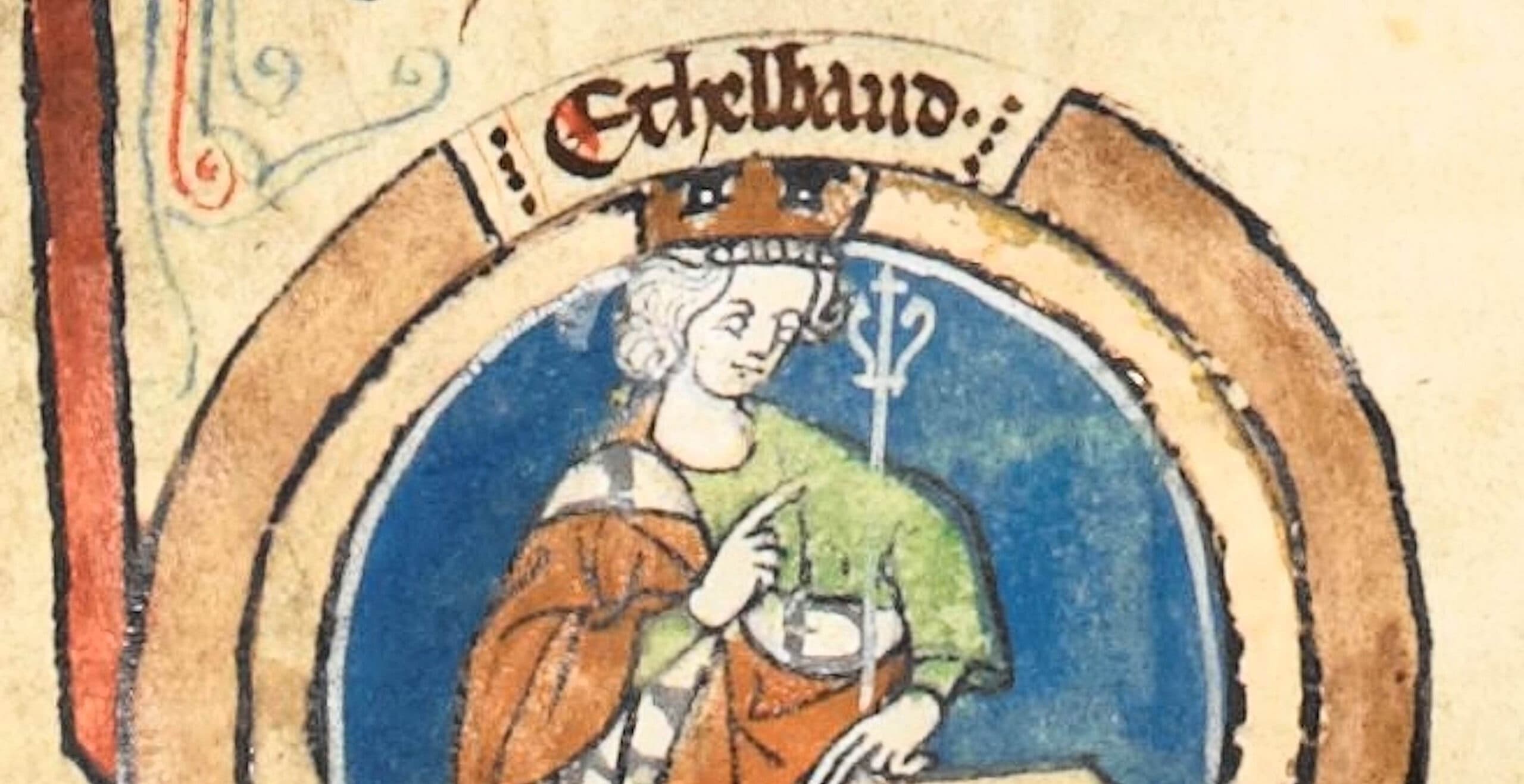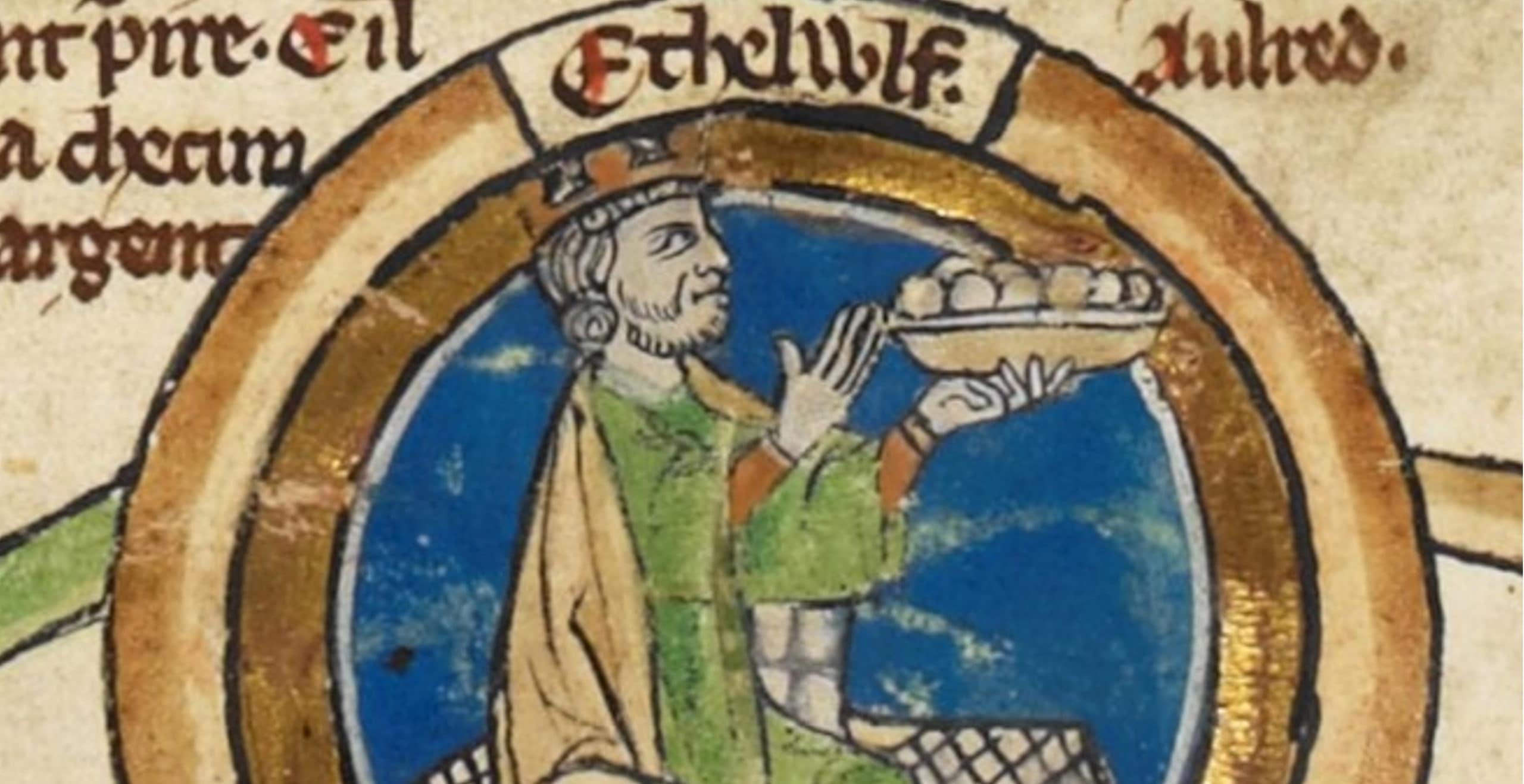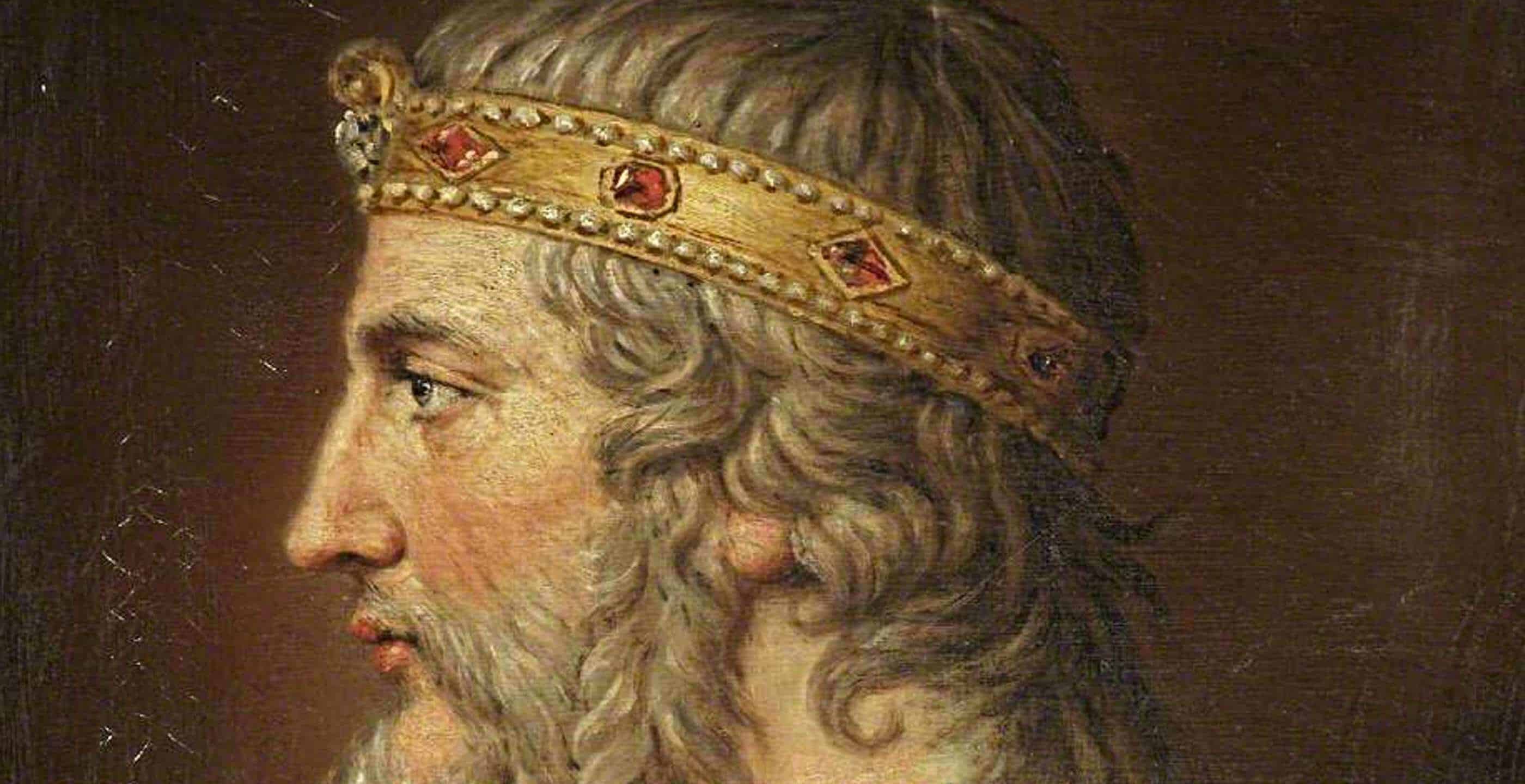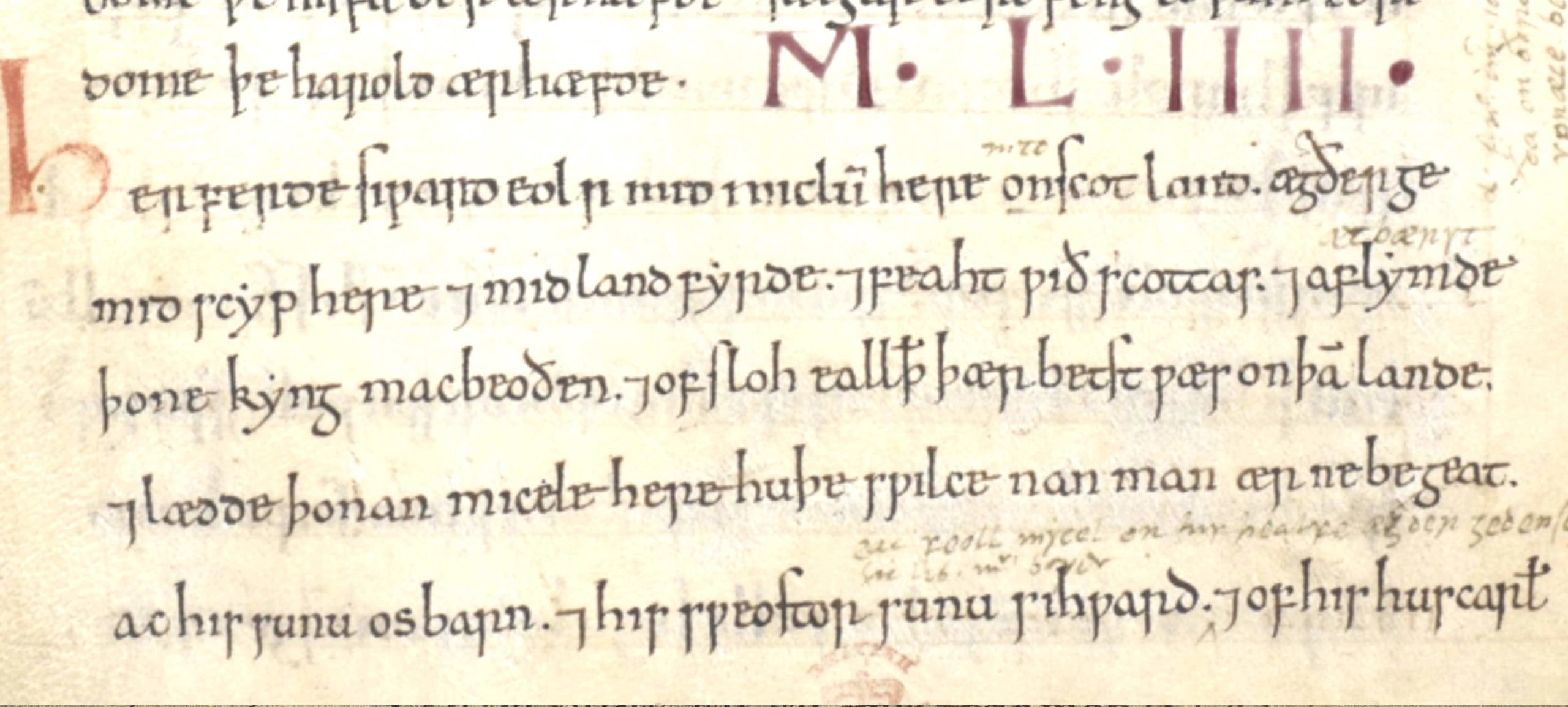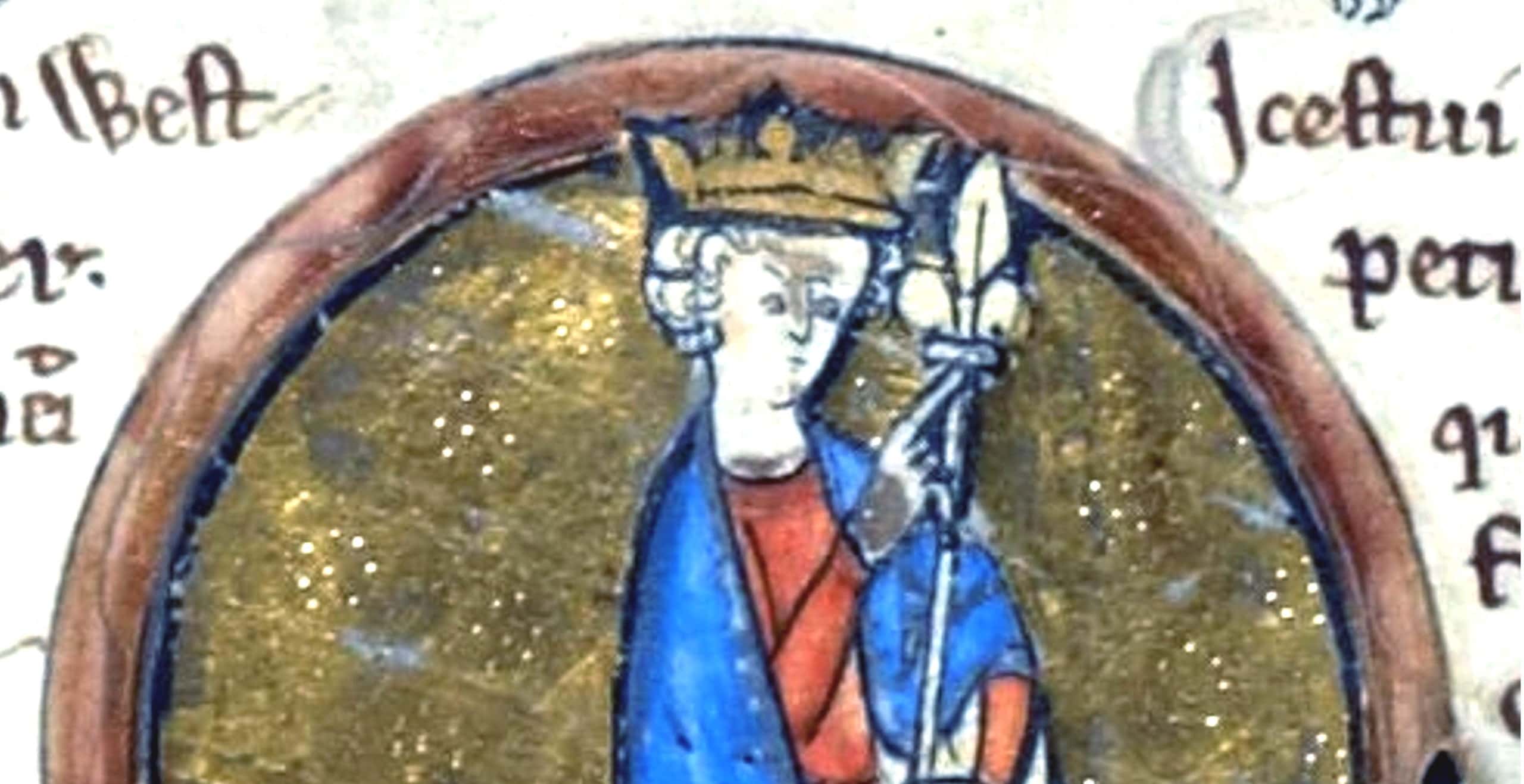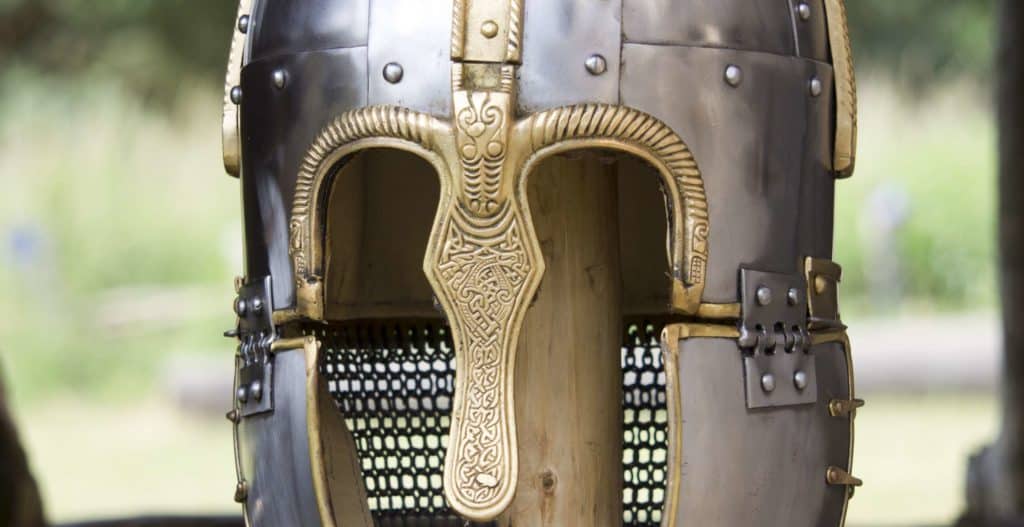After the death of King Aethelwulf in 858, the Kingdom of Wessex would pass through the hands of four of his sons, ending with the most famous, Alfred the Great.
In this time, the power which had been consolidated by Aethelwulf and his father King Egbert would be challenged by the arrival of the Great Heathen Army which threatened the kingdom and the power of the dynasty.
In the latter stages of Aethelwulf’s reign, tensions between himself and his son Aethelbald threatened to fragment the carefully constructed powerbase created in the kingdom, which now included the territory of Kent in the southeast.
After returning from a pilgrimage to Rome and having left Aethelbald in charge, King Aethelwulf was dismayed to see upon his return, the unwillingness of his son to give up his kingship. Now with the backing of important individuals, Aethelbald was able to retain the Crown of Wessex whilst his father Aethelwulf turned to the eastern regions of the kingdom for the remainder of his life.
In 858, the death of Aethelwulf instigated a new era of power for his sons, who would take in turns receiving the mantle and honour of becoming King of Wessex.
With Aethelwulf gone, the eldest surviving son Aethelbald retained his title of the King of Wessex whilst his younger brother Aethelbert took his kingship of Kent.

Only serving as king for a short five years before his death in 860, Aethelbald’s reign does not gain much of a mention in the Anglo-Saxon Chronicles. Perhaps most noteworthy however was his choice of partner, as he would subsequently marry his father’s widow, the Carolingian princess Judith, daughter of King Charles the Bald.
Not willing to lose the status associated with this royal connection, his marital union with his stepmother did not appear to gain any opposition at the time, however Alfred’s biographer Asser commented that it was “against God’s prohibition and Christian dignity”. Judith meanwhile was able to retain her royal standing and returned home to see her father with as much honour and respect as she had left with when she agreed to marry Aethelwulf.

Nevertheless, Judith would ultimately disappoint her father when she would elope with Baldwin, Count of Flanders. The two royal families would by serendipity be reunited a generation later, when her son Baldwin II went on to marry King Alfred’s daughter Aelfthryth.
In the meantime, Aethelbald’s rule passed without much event and in 860 his death brought his short and seemingly uneventful reign to its conclusion.
Jessica Brain is a freelance writer specialising in history. Based in Kent and a lover of all things historical.
Published: 13th October 2024.
